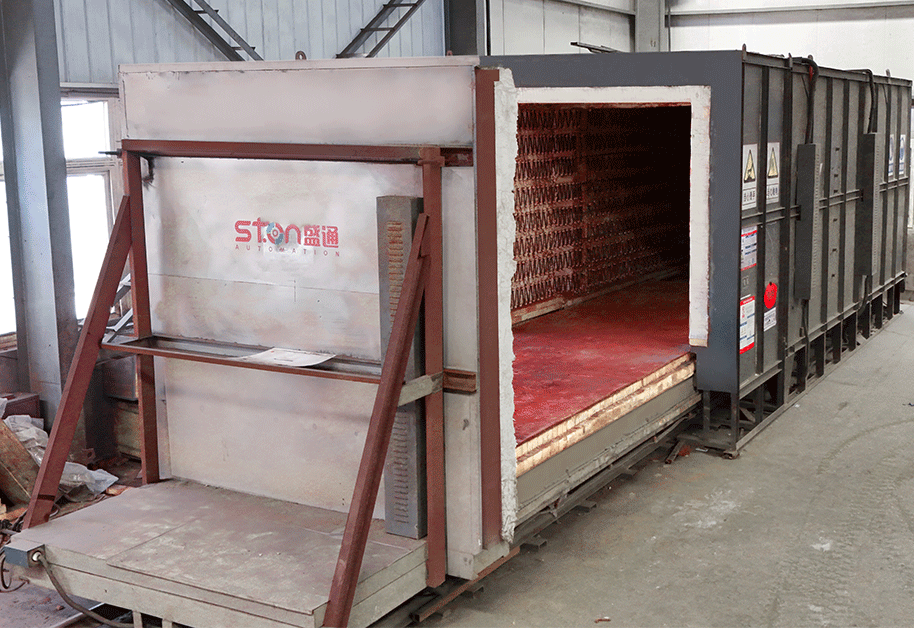Necessity of annealing process
The machine bed and components are prone to problems such as work hardening, internal stress accumulation, and uneven structure during the stress process, which directly affects the processing feasibility and product reliability.The core value of the annealing process lies in its targeted solution to these pain points:
1.Eliminate internal stress and ensure product dimensional stability
During the processing, the material will generate internal stress due to uneven force (such as local stamping, welding heat effect). If it is not eliminated, the material may be deformed due to stress release during subsequent storage or use.
Annealing gradually releases the material's internal stress through slow cooling (the stress relief rate can reach 70%-90%), significantly reducing the risk of subsequent deformation.
2.Optimize material organization and improve product mechanical properties
Cold working can cause material microstructure stratification and segregation, resulting in uneven mechanical properties (e.g., localized strength deficiency and poor fatigue resistance).
Annealing can homogenize the material structure and improve overall performance. Refining the grain size can increase strength by 10%-15%. Eliminating carbide segregation can enhance the corrosion resistance of stainless steel (extending salt spray test life by 2-3 times). Annealing aluminum alloys can improve their impact resistance by over 30%.
In sheet metal processing machinery manufacturing, annealing is not an optional step; rather, it's a crucial element in balancing process feasibility, product quality, and production costs. By precisely controlling material properties, it addresses issues such as hardening, stress, and structural defects caused by cold working, ultimately achieving the production goals of "easy processing, stable dimensions, and high performance." Annealing is particularly essential in the manufacture of high-precision, high-reliability sheet metal parts, such as aerospace components, medical device housings, and new energy structural components.

